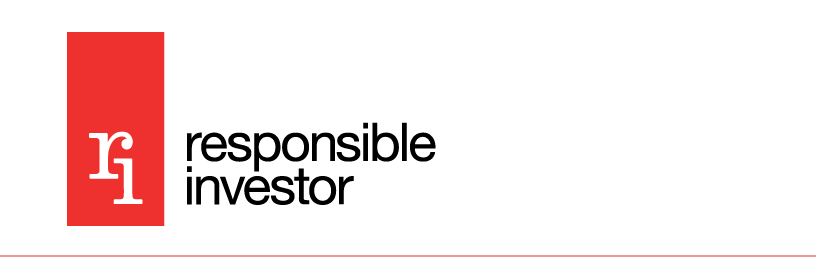
Jamie Hicks
Government Pension Investment Fund (GPIF) manages and invests Japan’s pension reserve fund, which is used to pay Employee Pension Insurance and National Pensions. Our goal is to contribute to the stability of the pension system by earning returns on our investments and distribute these to the government.
In the responsible investment world, the model has historically been developed around ESG dimensions (Environment, Social and Governance). In the context of the UN new emerging paradigm, it is thus interesting to study whether the SDGs have been integrated into investors’ strategies and in what way. This study therefore focuses on the 228 European Asset Owners that had signed the PRI – “the world’s leading proponent of responsible investment”1 – by December 2018. More specifically, these Asset Owners, were chosen out of the 1,090 European Asset Owners and Asset Managers, for two reasons.
To begin with, they are in a good position to orientate Asset Managers towards integrating broader objectives in their investment policy. Furthermore, they have a longer investment horizon, which is more naturally aligned with the SDGs’ timeframe.
Click here to view the report
Capitalism is at an inflection point. For the past 50 years, corporate law and policy has been misguided by Nobel Laureate Milton Friedman’s ex-cathedra doctrinal announcement that the sole purpose of business is to maximize profits for shareholders. The prioritization of the wealth of shareholders at the expense of employee wages and retirement benefits, with a concomitant loss of the Horatio Alger dream, gave rise to the deepening inequality and populism that today threaten capitalism from both the left and the right.
An ambition and a competitive advantage for a sustainable Europe
There is currently real momentum surrounding corporate extra-financial information but this expresses itself as part of a proliferation of initiatives which lack both coordination and consistency.
This momentum is well established and is grounded in the combination of an expectation and the presence of three factors: a community of committed stakeholders, frameworks of standards representing promising progress and changing practices in companies and on the part of investors.
Making real progress based on the momentum already underway means that four aspects must be formulated: the goal, the methodology, the targeted system (in four pillars) and the operational organisation.
Mobilising Finance for Sustainable Growth
A briefing paper on linking climate-related opportunities and risks to financing decisions for investors and banks.
Produced by the Generation Foundation, Navigant, and CDP
This report focuses on 306 high impact forests risk companies that reported via CDP’s disclosure platform in 2018. Companies disclosed to either investor shareholders or purchasingorganizations on one or more of four critical forest risk commodities: cattle, soy, palm oil or timber and derivative products.
This paper aims to assess 792 financial companies rated by Vigeo Eiris on their ability to enhance opportunities and limit risks in relation to their human capital.
Human capital is defined by the OECD2 as “the knowledge, skills, competencies and attributes embodied in individuals that facilitate the creation of personal, social and economic well-being”.
This is the fourth edition of the UN Environment Adaptation Gap Reports. Since 2014, these reports have focused on exploring adaptation gaps, characterized as the difference between the actual level of adaptation and the level required to achieve a societal goal. The adoption of the Paris Agreement established a global goal on adaptation of “enhancing adaptive capacity, strengthening resilience and reducing vulnerability to climate change, with a view to contributing to sustainable development and ensuring an adequate adaptation response in the context of the temperature goal”. As the Paris Agreement is now being implemented, important decisions are about to be made on how to report on, and take stock of, progress towards this global goal. The Adaptation Gap Reports focus on providing policy-relevant information to support such efforts.
Following last year’s Special Report on Global Warming of 1.5 degrees from the Intergovernmental Panel on Climate Change, which warned we have only 12 years left to avoid catastrophic climate change, a climate emergency has been declared by more than 600 jurisdictions in 13 countries.1 Social, political and shareholder pressure is mounting for the corporate sector to align its activities with the Paris Agreement’s ambitions to make greenhouse gas emissions ‘net-zero’ – that is, balancing emissions with removal – by 2050.



















